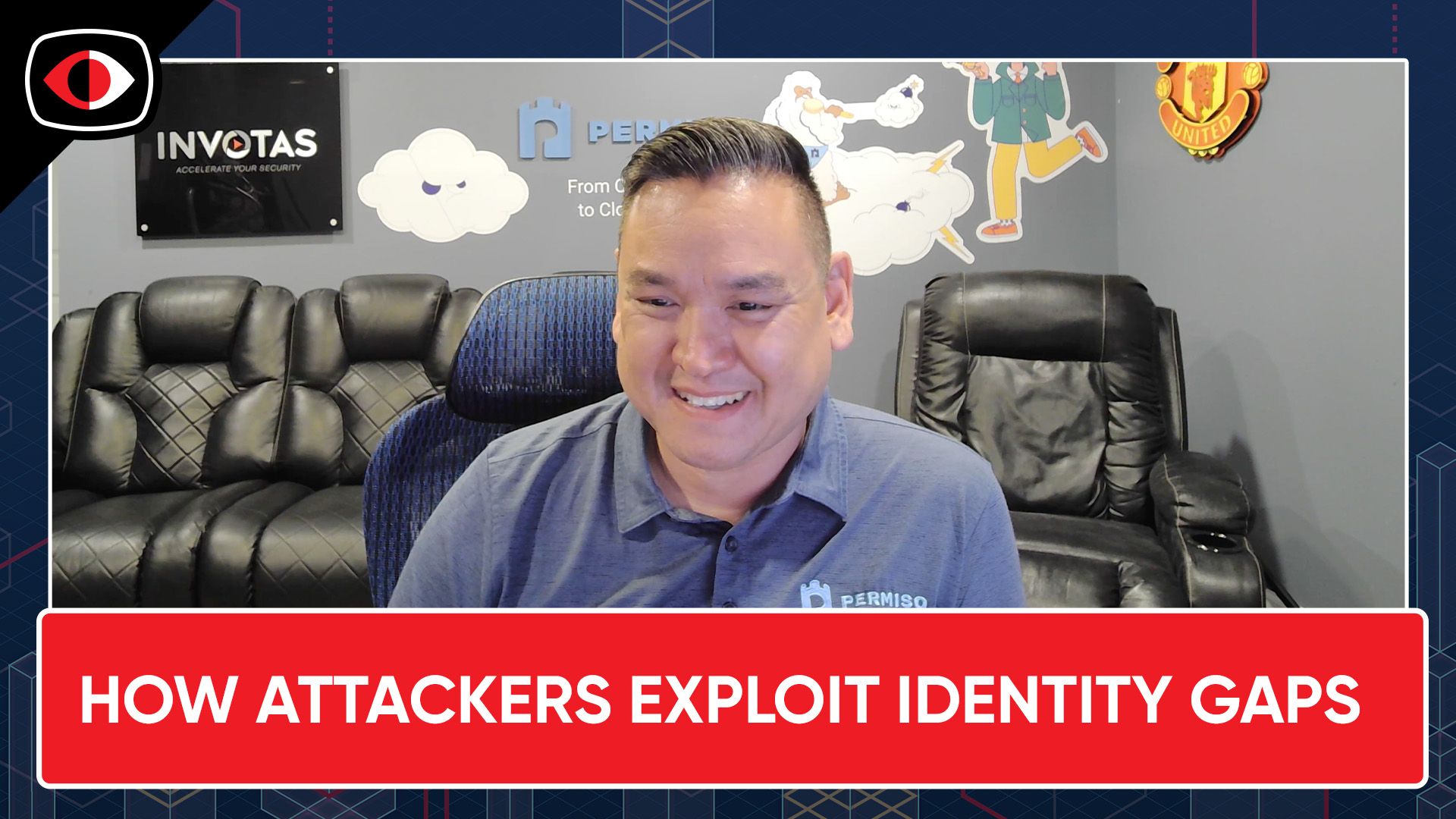Topic Hub – Cloud Security
Cloud Security: Safeguarding Data and Services in Digital Environments
Quick Links
- What is Cloud Cybersecurity?
- What is the History of Cloud Cybersecurity?
- Why is Cloud Cybersecurity Important?
- What Are the Different Types of Cloud Cybersecurity Threats?
- What Are the Most Common Cloud Security Solutions?
- How to Mitigate Cloud Cybersecurity Risks
- Who Are the Key Players in Cloud Cybersecurity?
- Conclusion: The Future of Cloud Cybersecurity
What is Cloud Cybersecurity?
Cloud cybersecurity refers to the measures and practices designed to protect data, applications, and services hosted in cloud environments from threats like unauthorized access, data breaches, and cyberattacks. It encompasses a broad range of strategies including encryption, identity management, access control, and compliance with regulatory standards.
What is the History of Cloud Cybersecurity?
Cloud cybersecurity has evolved significantly since the advent of cloud computing. Initially, cloud services were met with skepticism due to concerns over data security and privacy. Over time, advancements in encryption, secure multi-tenancy, and shared responsibility models have enhanced trust in cloud platforms. Key milestones include the adoption of industry standards such as ISO/IEC 27001 and the introduction of cloud-specific cybersecurity frameworks.
Why is Cloud Cybersecurity Important?
The importance of cloud cybersecurity cannot be overstated. As organizations increasingly migrate their operations to the cloud, the risk of data breaches and other cyber threats grows. Effective cloud security ensures the confidentiality, integrity, and availability of critical data and services, supporting business continuity and regulatory compliance.

Cloud Confluence: The Highs and Lows of Cloud Security
While many organizations move to the cloud to improve their security, they may confront a set of challenges that expose them to…
What Are the Different Types of Cloud Cybersecurity Threats?
Cloud cybersecurity is confronted with a variety of threats, encompassing:
- Data Breaches: Unauthorized access to sensitive data stored in the cloud.
- Denial-of-Service (DoS) Attacks: Attacks aimed at disrupting access to cloud services.
- Account Hijacking: Unauthorized access to cloud accounts using compromised credentials.
- Insider Threats: Threats from within the organization, such as disgruntled employees.
- Insecure Interfaces and APIs: Vulnerabilities in cloud interfaces and APIs that can be exploited by attackers.
What Are the Most Common Cloud Security Solutions?
Explore essential strategies to fortify cloud security, including:
- Encryption: Protecting data both at rest and in transit using advanced encryption algorithms.
- Identity and Access Management (IAM): Implementing robust IAM policies to control user access to cloud resources.
- Security Information and Event Management (SIEM): Real-time monitoring and analysis of security events in the cloud.
- Multi-Factor Authentication (MFA): Adding an extra layer of security beyond just passwords.
- Regular Security Audits: Conducting frequent security assessments to identify and mitigate vulnerabilities.
Cloud Security Briefs
How to Mitigate Cloud Cybersecurity Risks
Organizations can mitigate cloud cybersecurity risks by implementing a combination of technical controls, user education, and compliance management. Key strategies include:
- Regularly updating and patching software.
- Educating employees about phishing and social engineering tactics.
- Employing cloud-native security tools to monitor and respond to threats.
- Ensuring compliance with industry regulations and standards.
Cloud Security Headlines
Who Are the Key Players in Cloud Cybersecurity?
Several organizations and vendors play a crucial role in the cloud cybersecurity landscape, including:
- Amazon Web Services (AWS): Offers a wide range of security tools for cloud environments.
- Microsoft Azure: Provides integrated security features and compliance tools.
- Google Cloud: Known for its secure cloud infrastructure and advanced security analytics.
- IBM Cloud: Focuses on AI-powered security solutions for cloud environments.
Conclusion: The Future of Cloud Cybersecurity
As cloud adoption continues to grow, so does the need for robust cloud cybersecurity measures. The future of cloud security will likely involve greater reliance on automation, AI, and machine learning to detect and respond to threats in real-time. Organizations must remain vigilant and proactive in securing their cloud environments to protect against the ever-evolving threat landscape.
Related Webcasts
Explore More Topics
You can skip this ad in 5 seconds












